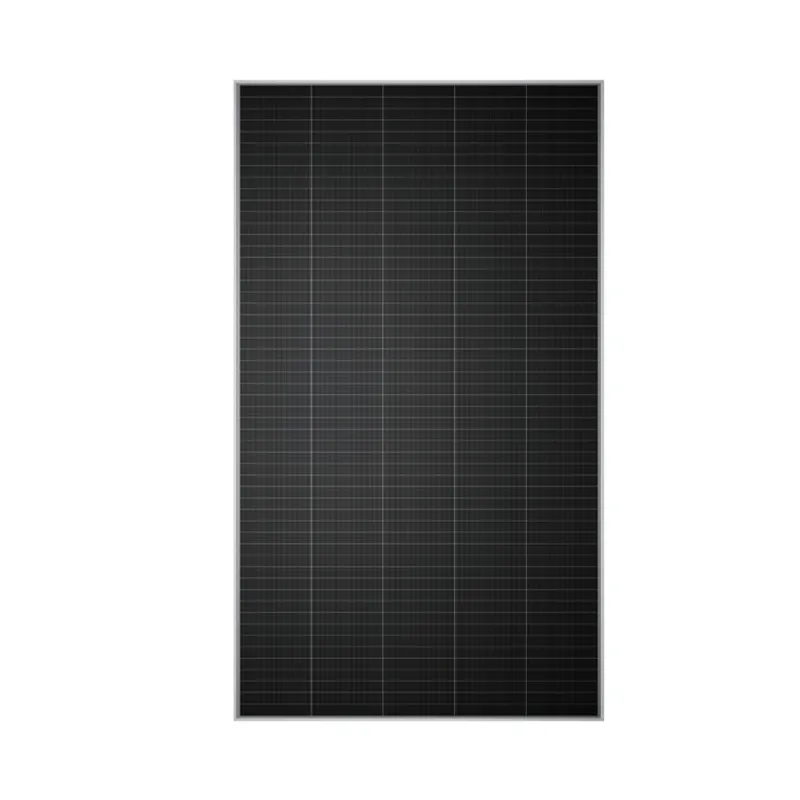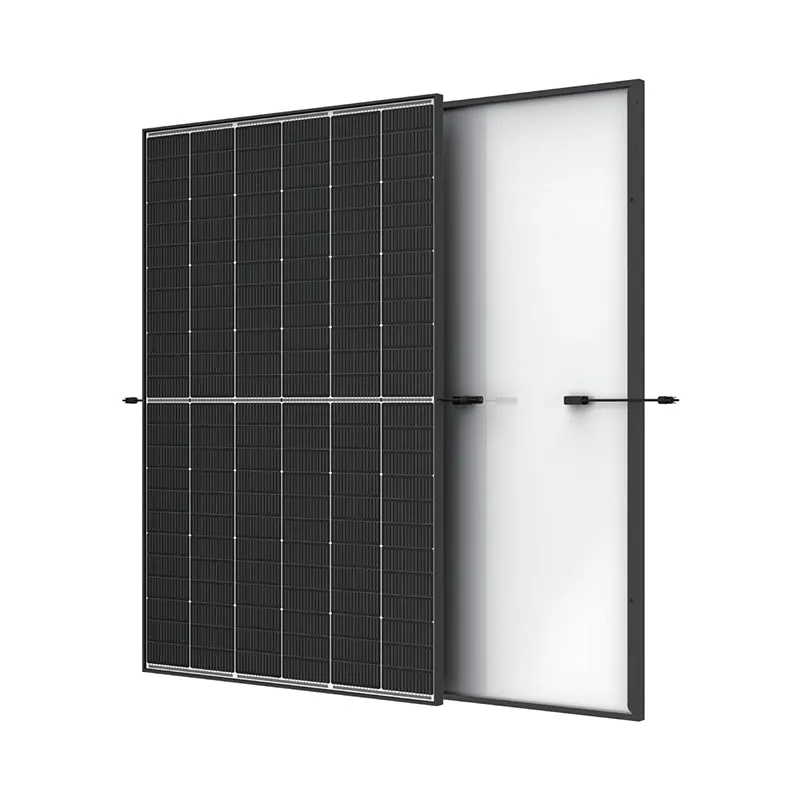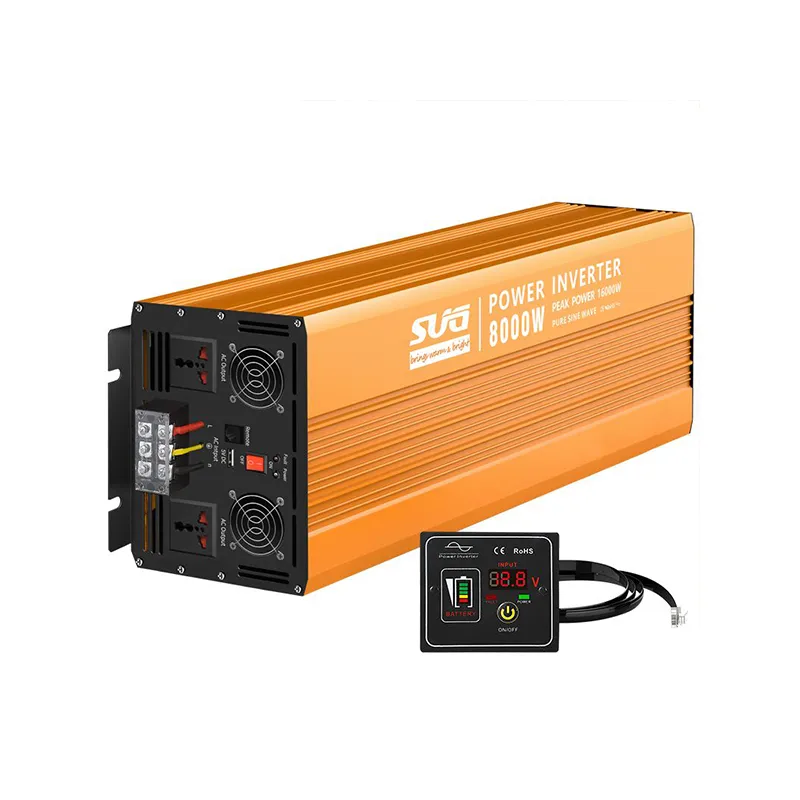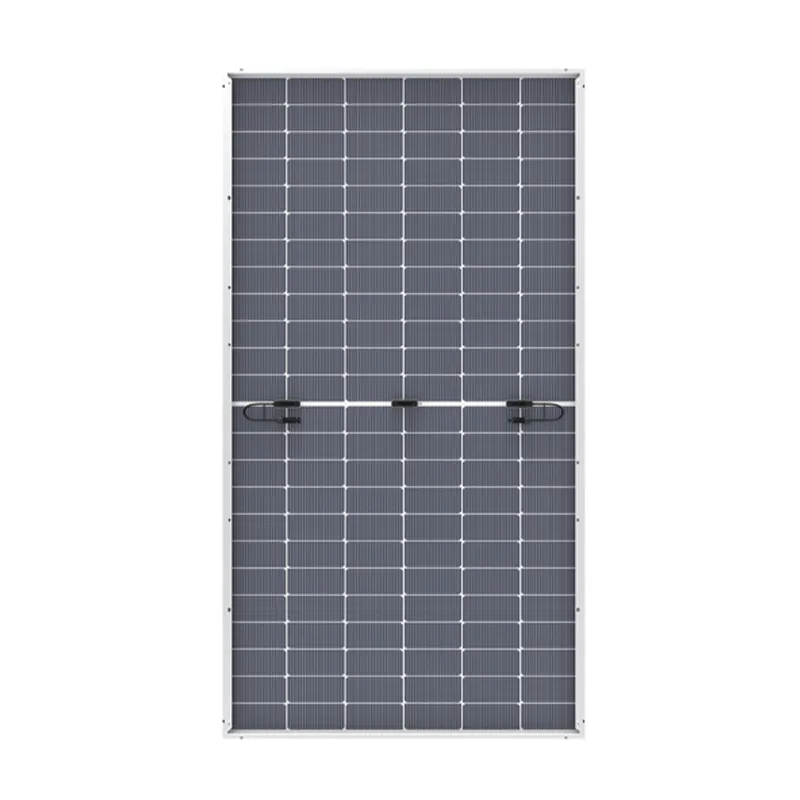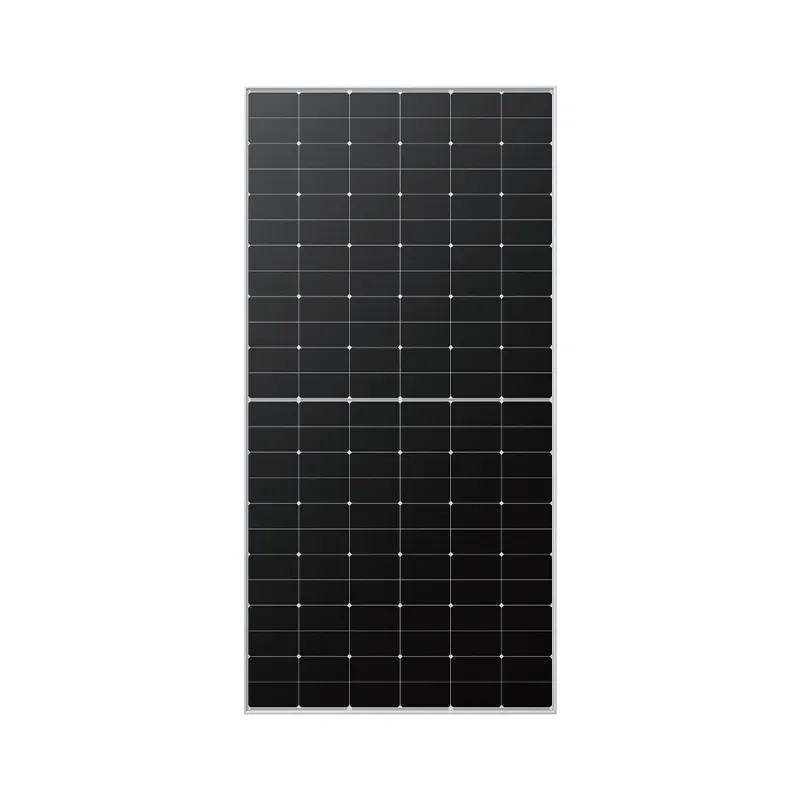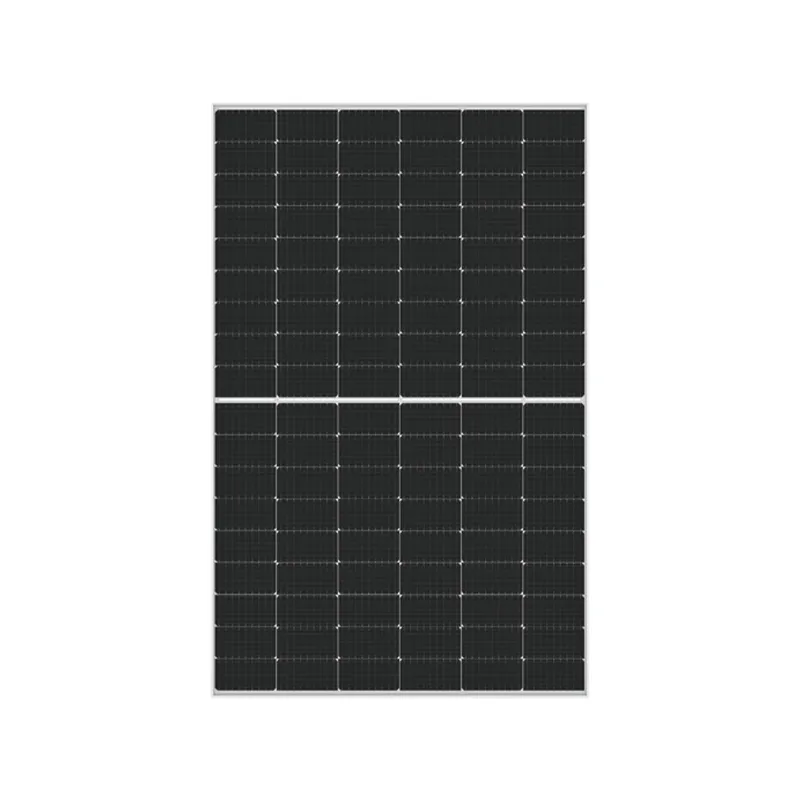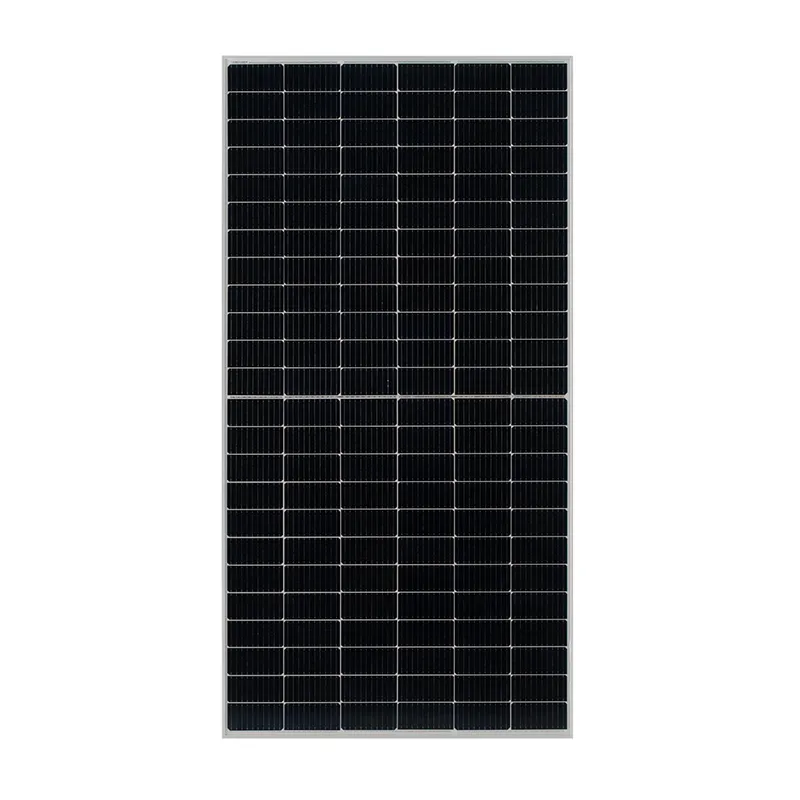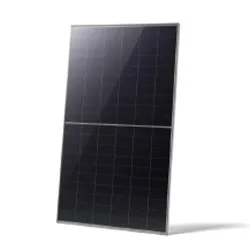Best Solar Panel Setup for Home Affordable Solar Panel Setup Cost
- Understanding the Essentials of Solar Panel Setup
- Evaluating the Costs: Breaking Down Solar Panel Setup Cost
- Analyzing Technical Advancements in Solar Panel Systems
- Comparing Leading Manufacturers: A Data-Driven Approach
- Tailored Solutions for Residential and Commercial Needs
- Real-World Success: Case Studies of Solar Panel Setup for Home
- The Future of Solar Panel Setup: Trends and Recommendations
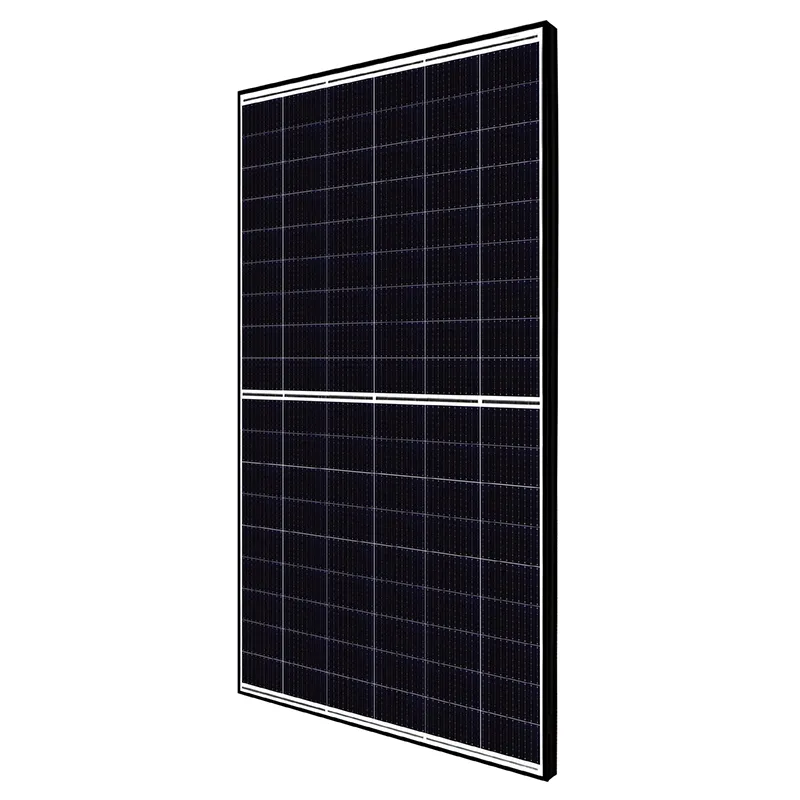
(solar panel setup)
Understanding the Essentials of Solar Panel Setup
The transition towards renewable energy sources has placed solar panel setup
at the forefront of sustainable solutions. The basic process involves the installation of photovoltaic (PV) panels, electrical inverters, mounting structures, and storage options, meticulously designed to convert sunlight into usable electricity. A well-executed solar panel setup not only decreases reliance on conventional power grids but also drives down overall energy expenditures. According to the International Energy Agency (IEA), global solar capacity increased by 22% in 2023, reaching 1,544 GW. This growth highlights the growing trust in solar infrastructure. An optimal solar system requires a comprehensive assessment of site potential, sunlight availability, roof orientation, and desired energy output, ensuring the maximum return on investment.
Evaluating the Costs: Breaking Down Solar Panel Setup Cost
A crucial factor influencing the decision to adopt solar energy is the solar panel setup cost. These costs can be segmented into hardware (modules, inverters, mounting gear), soft costs (permits, inspections, labor), and ongoing maintenance. The average installed cost for residential systems in the United States stands at $2.95 per watt, translating to $14,750 for a standard 5kW system (source: SEIA 2023). Tax credits and local incentives may further reduce the net expense. Besides the initial investment, it is important to account for the cost per kWh generated over the system’s 25+ year lifespan, often averaging $0.06/kWh compared to typical grid rates exceeding $0.13/kWh. The upfront solar panel setup cost can pay for itself in 6 to 8 years, depending on consumption, sunlight, and financial incentives.
Analyzing Technical Advancements in Solar Panel Systems
Today’s solar panel technologies offer technical breakthroughs that significantly enhance output, reliability, and integration flexibility. Monocrystalline panels now regularly achieve efficiencies above 23%, with bifacial modules capturing up to 11% more power by absorbing sunlight from both sides. Innovations in microinverters and power optimizers allow for fine-tuned energy harvesting, particularly beneficial for rooftops with partial shading. Battery storage, such as lithium-ion solutions, ensures continual power availability even when the sun isn’t shining. With weather-resistant mounting systems and smart IoT-enabled performance monitoring, maintenance requirements are further reduced. As technical barriers decrease, homeowners and businesses alike benefit from higher yields and lower total cost of ownership.
Comparing Leading Manufacturers: A Data-Driven Approach
Selecting the right manufacturer is pivotal in maximizing solar panel setup effectiveness. Major players differentiate through panel efficiency, warranty, price, and added services. Below is a comparative table highlighting top manufacturers as of 2024.
| Manufacturer | Panel Efficiency (%) | Warranty (Years) | Price per Watt (USD) | Notable Feature |
|---|---|---|---|---|
| SunPower | 22.8 | 25 | 3.40 | Integrated microinverters, premium durability |
| Canadian Solar | 21.2 | 25 | 2.55 | High value for cost, robust output |
| Q CELLS | 20.9 | 25 | 2.70 | Bifacial models, superior shading tolerance |
| REC Group | 21.9 | 25 | 2.85 | Excellent temperature coefficient |
| LONGi Solar | 21.7 | 25 | 2.60 | Leader in monocrystalline technology |
The table underlines the competitive edge each brand delivers—SunPower excels in efficiency and warranty but at a higher price, while Canadian Solar offers cost-effective solutions without major efficiency sacrifice. These data points guide informed purchase decisions, affecting long-term performance and serviceability.
Tailored Solutions for Residential and Commercial Needs
No two solar panel setups are identical; every project requires a customized approach based on energy demand, available space, local climate, and regulatory considerations. For residential applications, compact rooftop configurations with integrated storage and smart controls are gaining traction, allowing homeowners to maximize self-consumption and minimize grid reliance. On the commercial side, larger ground-mounted arrays with scalable inverter platforms cater to higher loads and 24/7 operational requirements. Regulatory incentives, such as the U.S. Investment Tax Credit (ITC) and accelerated depreciation (MACRS), make commercial solar especially viable. Furthermore, hybrid systems integrating photovoltaic, wind, and battery storage are emerging, ensuring resilience even during grid outages. Both market segments leverage remote system monitoring and predictive maintenance analytics to prolong uptime and reduce lifecycle costs.
Real-World Success: Case Studies of Solar Panel Setup for Home
Real-world implementations illuminate the tangible benefits of a carefully planned solar panel setup for home users and businesses alike. A notable example: in California, a 6.5kW home array installed in 2022 resulted in first-year savings of $2,100, reduced annual CO2 emissions by 5.4 metric tons, and elevated the property's resale value by approximately $18,000 (source: Zillow, NREL). Meanwhile, a 100kW commercial rooftop project in Texas slashed peak energy bills by 65% and achieved payback within 5.7 years. Community solar farms across New York have enabled thousands of households to participate with no up-front cost, saving each family about $400 annually on energy bills. These cases underscore that with proper system sizing, strategic financing, and local partnership, solar panel setup can consistently deliver on both ecological and financial fronts.
The Future of Solar Panel Setup: Trends and Recommendations
The path forward for solar panel setup is marked by major leaps in efficiency, affordability, and integration. Emerging thin-film and perovskite technologies promise even higher absorption rates at lower material costs, targeting grid parity globally. Solar tracking systems—both single and dual-axis—are making ground-mounted arrays up to 30% more productive. The global solar market is projected to reach $223 billion by 2028 (Source: Fortune Business Insights). To harness these opportunities effectively, prospective solar adopters should:
- Conduct detailed energy audits to determine optimal system size.
- Select panel technologies and manufacturers that align with specific performance and budgetary needs.
- Engage certified installers who are familiar with local codes and incentive programs.
- Monitor system performance regularly and schedule preventive maintenance.
- Evaluate add-ons such as battery storage and EV chargers for increased value.
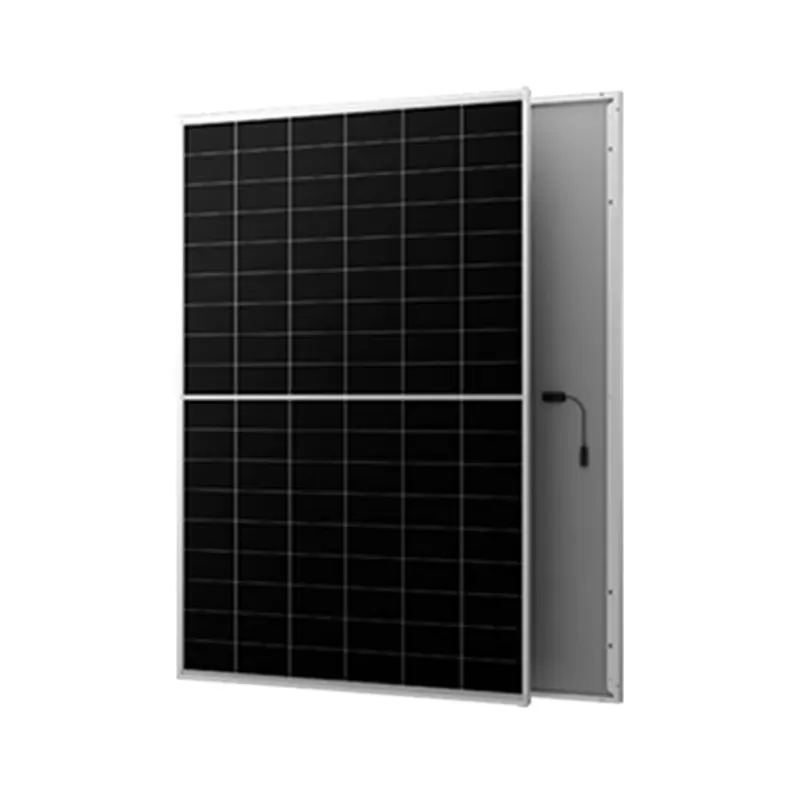
(solar panel setup)
FAQS on solar panel setup
Q: What factors influence the solar panel setup cost?
A: The cost depends on system size, panel quality, location, and installation fees. Additional costs may arise from permits or equipment. Comparing quotes from different installers helps you get the best price.Q: How do I start a solar panel setup for my home?
A: Begin by assessing your energy needs and roof suitability. Then, consult a professional for a site evaluation and system design. They will guide you through the installation and connection process.Q: What is included in a typical solar panel setup?
A: A standard setup includes solar panels, inverters, mounting equipment, and wiring. Sometimes, batteries or energy monitoring systems are also added. The complete system works together to generate and manage electricity for your home.Q: How long does it take to install a home solar panel setup?
A: The actual installation usually takes 1 to 3 days, depending on system size. However, permitting and inspections can extend the timeline to several weeks. Planning ahead helps streamline the process.Q: Is a solar panel setup cost-effective in the long run for homeowners?
A: Yes, most homeowners see significant energy bill reductions after installation. While the upfront cost can be high, government incentives and long-term savings make solar panels a worthwhile investment. Payback periods typically range from 5 to 10 years.-
Unlocking Energy Freedom with the Off Grid Solar InverterNewsJun.06,2025
-
Unlock More Solar Power with a High-Efficiency Bifacial Solar PanelNewsJun.06,2025
-
Power Your Future with High-Efficiency Monocrystalline Solar PanelsNewsJun.06,2025
-
Next-Gen Solar Power Starts with Micro Solar InvertersNewsJun.06,2025
-
Harnessing Peak Efficiency with the On Grid Solar InverterNewsJun.06,2025
-
Discover Unmatched Efficiency with the Latest String Solar InverterNewsJun.06,2025
